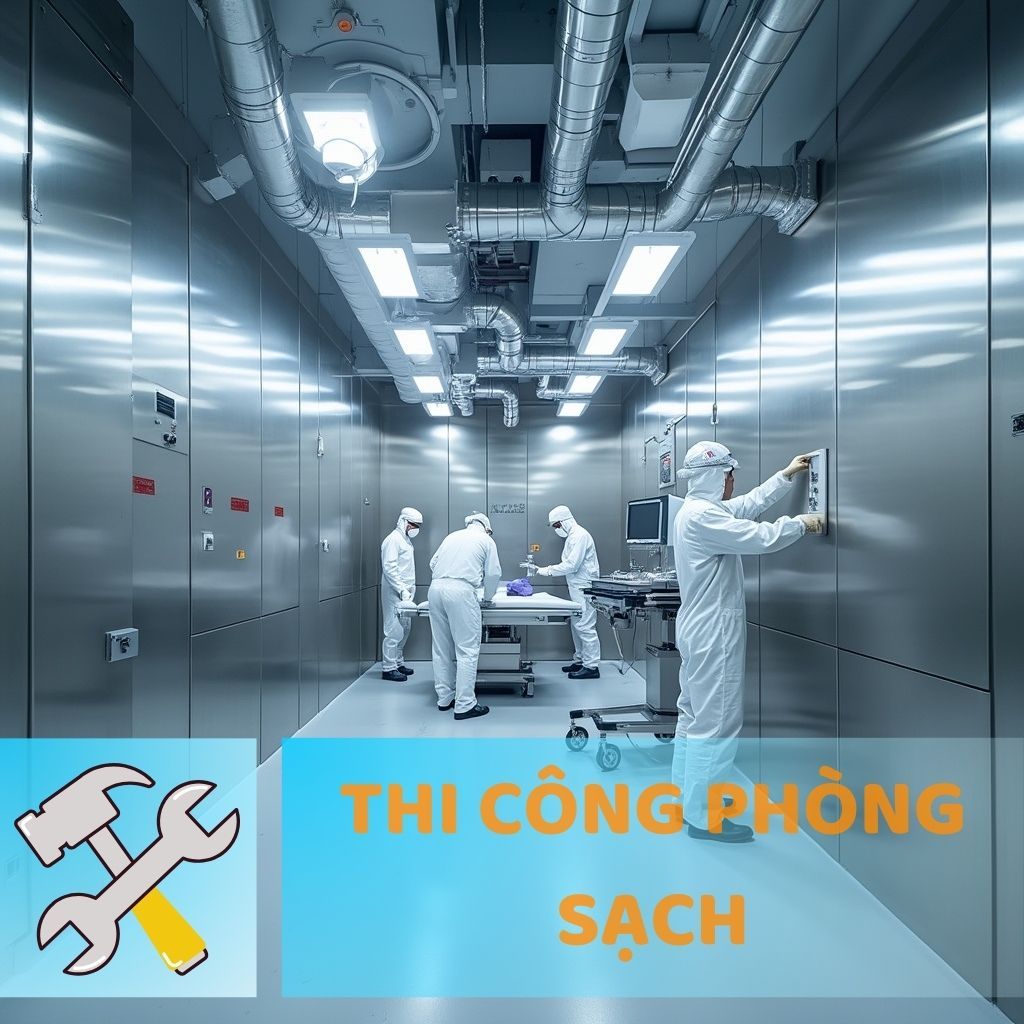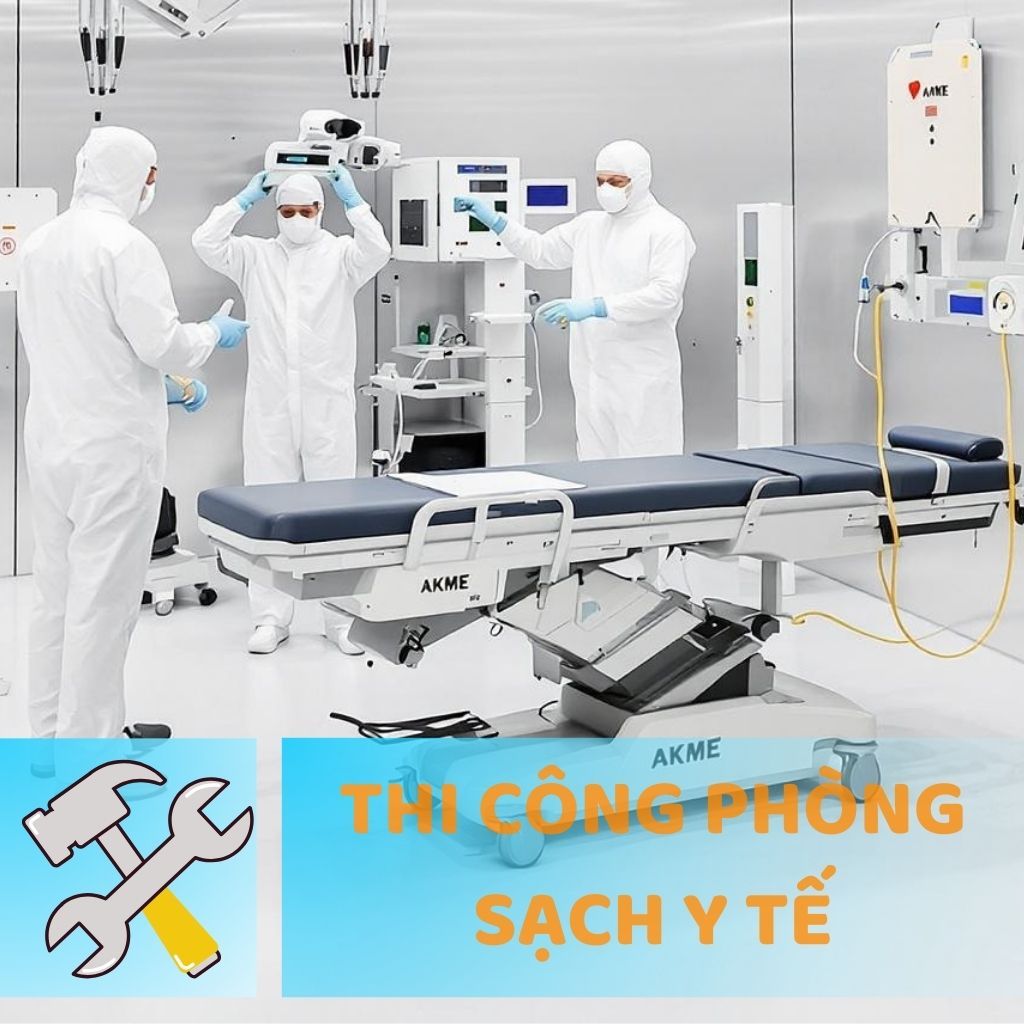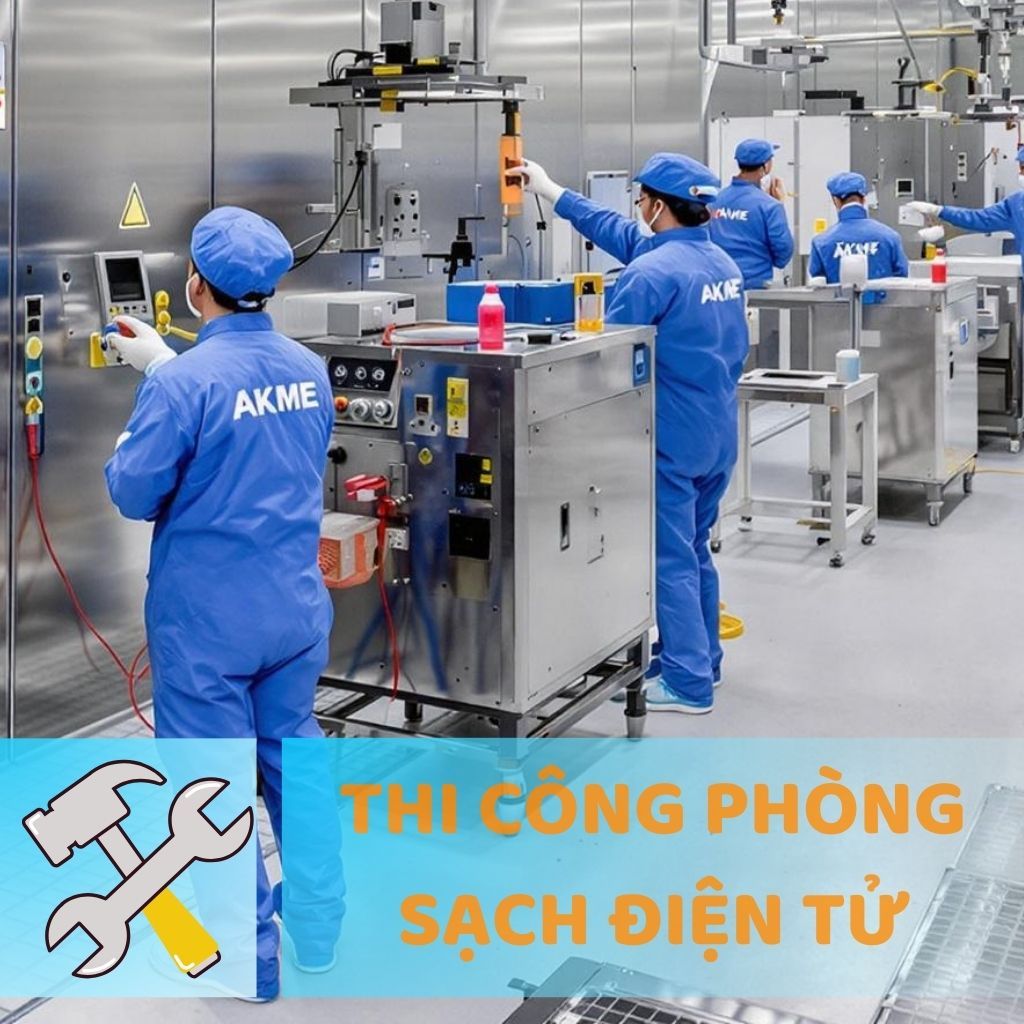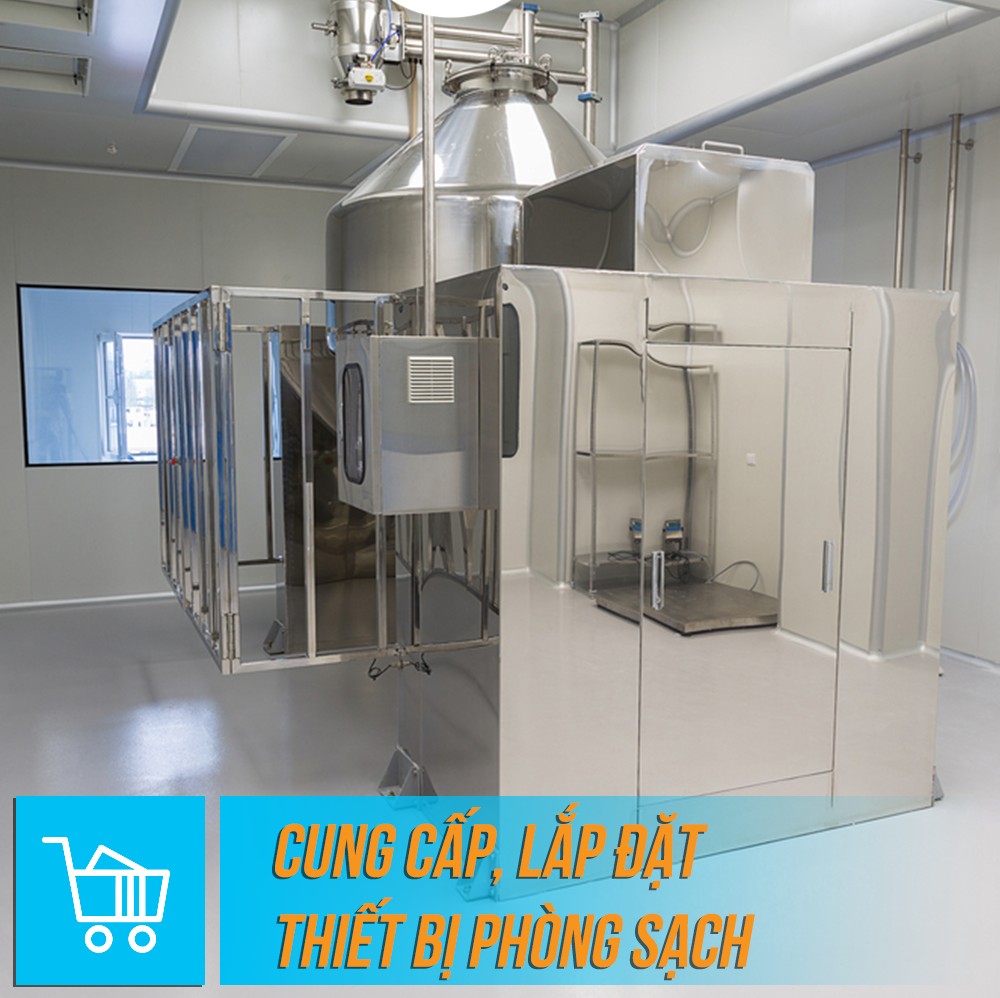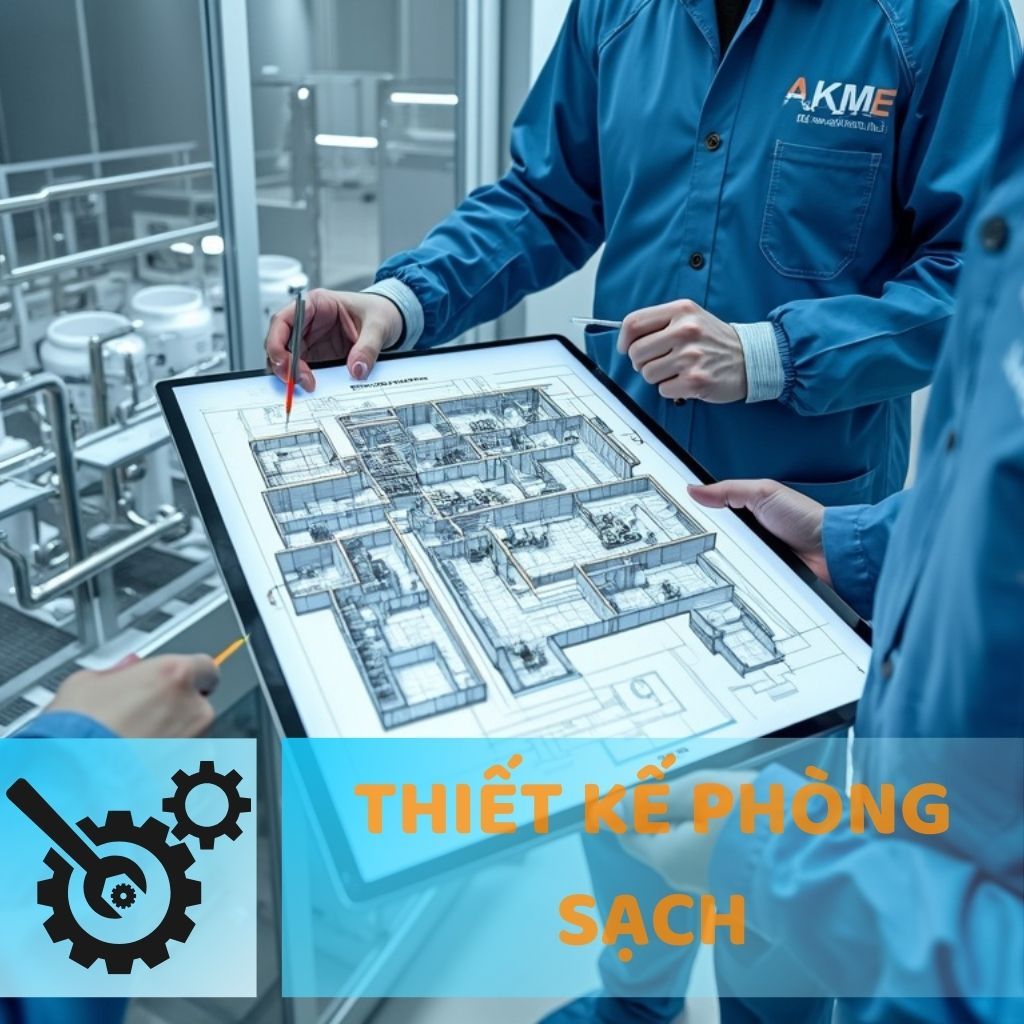EN 1822 standard for HEPA H13, H14, and ULPA U15 filters
11:57 - 19/03/2025 2142
The EN 1822 standard for HEPA H13, H14, and ULPA U15 filters helps optimize cleanroom systems by ensuring efficient air filtration and production safety.
Requirements for Cleanroom Equipment Meeting EU GMP Standards
ISO 14644-6:2007 (National Standard TCVN 8664-6:2011)
ISO 14644-5:2004 - Cleanroom Standard
Everything You Need to Know About ISO 22000
The EN 1822 standard for HEPA H13, H14, and ULPA U15 filters is an important standard in the cleanroom industry. This standard specifies in detail the requirements for performance, classification, and testing of air filters. The detailed application of the EN 1822 standard helps B2B companies in the cleanroom field design and maintain quality-controlled air systems that ensure a safe and efficient production and working environment.
This article will provide an overview of the EN 1822:2019 standard, the evaluation of HEPA H13, HEPA H14, and ULPA U15 filters, as well as their applications in modern cleanroom systems. The content is presented in a concise and easy-to-understand manner according to the Apple Hemingway guidelines, helping readers, including beginners, quickly and effectively grasp the information. Discover the aspects of cleanroom design that meet the EN 1822 standard, as well as filter maintenance and testing, to provide optimal solutions for your business.
Overview of the EN 1822 Standard
The EN 1822 standard was developed to ensure the air filtering performance of filters such as HEPA H13, HEPA H14, and ULPA U15. It is an important standard for classifying air filters based on their ability to remove dust particles and microorganisms. According to EN 1822:2019, filters are evaluated based on their filtering performance and stability over time.
- Detailed EN 1822 standard: Specifies technical parameters and testing methods.
- Cleanroom design meeting the EN 1822 standard: Requirements for system design to optimize filtering performance.
- Industrial air filtering performance: Ensures that the working space is always safe, reducing contamination.
Filter Classification and Applications
1. HEPA H13 and HEPA H14 Filters
HEPA filters are among the most popular filters in cleanroom systems. Specifically:
HEPA H13 Filter: Capable of removing at least 99.95% of the smallest particles. This is a popular choice for applications that require high filtering standards but are not overly stringent.
HEPA H14 Filter: Enhances performance with the ability to remove at least 99.995% of fine dust particles. This filter is suitable for environments that demand an extremely high level of cleanliness.
Evaluation of the HEPA H13 filter and evaluation of the HEPA H14 filter are usually carried out based on specific performance indicators and the operating conditions of the cleanroom. Businesses should note that:
The difference between H13 and H14 mainly lies in the filtering performance.
The choice between the two depends on the specific requirements of the production environment and air quality control.
2. ULPA U15 Filter
The ULPA U15 filter is designed to provide higher filtering performance, with the ability to remove up to 99.9995% of fine dust particles. The ULPA U15 filter technology is widely applied in environments that require absolute air safety, such as research laboratories and electronic component manufacturing.
ULPA U15 filter technology: Uses advanced filtering materials and a special structure to achieve high performance.
Application of HEPA filters in production: ULPA filters are often combined with measurement and control systems to ensure a consistently clean working environment.
Filter Testing and Maintenance
To ensure that the cleanroom system operates stably and optimally, maintenance and filter testing are very important. Below are some basic steps in the process of testing and maintaining filters according to the EN 1822 standard:
1. Performance Testing
Use a filter performance meter to check the ability to remove dust and microorganisms.
Measure air performance to ensure compliance with the ISO 14644-1 standard.
2. Periodic Maintenance
Conduct regular inspections to detect early signs of wear.
Clean or replace filters as necessary to ensure the system operates efficiently.
3. Filter Classification
Based on EN 1822 air filter classification, businesses can easily choose the filter that meets their usage needs.
How to test HEPA H13, H14 filters? The testing process usually includes measuring pressure changes, checking the filter's sealing, and comparing with the established standards.
Benefits of Applying the EN 1822 Standard
Applying the EN 1822 standard not only helps improve air quality but also ensures production safety. Some specific benefits include:
- Ensuring air safety: Minimizes the risk of contamination, protecting the health of workers.
- Enhancing production performance: A clean environment helps products achieve high quality and reduces production errors.
- Compliance with international regulations: In accordance with ISO standards such as ISO 14644, businesses can be easily verified and certified.
In addition, the application of what is the EN 1822 standard and how is it applied? also provides businesses with the opportunity to enhance their reputation and brand image in the eyes of partners and customers.
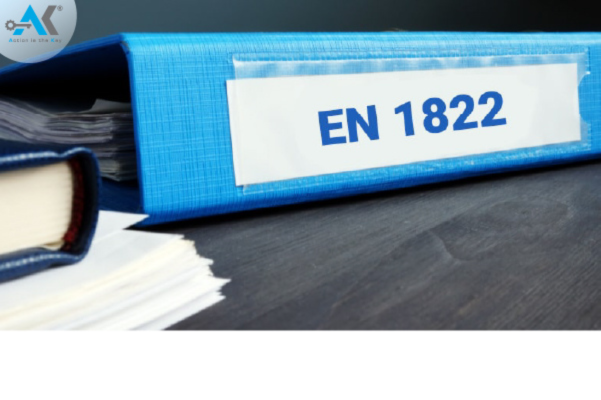
Real-World Applications in the Cleanroom Industry
In industries such as pharmaceuticals, food, and electronic components, maintaining a standard working environment is of utmost importance. Cleanroom systems designed based on the EN 1822 standard help control air contamination effectively, thereby ensuring product quality and production safety.
Installation and Operation Considerations for Filters
To ensure that filters operate well and are durable, businesses need to consider the following points:
- Selecting the appropriate filter: Consider between HEPA and ULPA filters based on the cleanroom requirements.
- Correct installation procedures: Install filters according to technical guidelines to avoid leaks and reduced filtering performance.
- Training operating personnel: Ensure that staff fully understand how to test and maintain filters, so that issues can be detected early.
These considerations not only help maintain the filter's performance but also reduce maintenance costs and prevent risks during operation.
Conclusion
The EN 1822 standard for HEPA H13, H14, and ULPA U15 filters is an important standard that helps businesses ensure air filtering performance and maintain a safe production environment. In this article, we have explored filter classification, testing procedures, periodic maintenance, and the benefits of applying the EN 1822 standard. Choosing the right filter along with strict testing and maintenance procedures will enhance production performance and ensure air safety in accordance with international standards such as ISO 14644-1.
If you are interested in optimizing your cleanroom system, please contact us for detailed consultation and to get the latest solutions. Don't forget to read more in-depth articles on our website to keep up with new trends and technologies in the cleanroom industry!
 | ANH KHANG CLEANROOM ELECTRICAL JOINT STOCK COMPANY Hotline: 1900 636 814 - 0902 051 222 Email: info@akme.com.vn Website: akme.com.vn Address: Lot B7 - Xuan Phuong Garden - Phuong Canh - Nam Tu Liem - Hanoi. |
12:05 - 28/11/2019 47089
Cleanroom Design and Construction
14:05 - 11/03/2025 19225
GMP and ISO Standard Cleanroom Construction
14:18 - 11/03/2025 11808
ISO Standard Medical Cleanroom Construction
14:13 - 28/02/2025 22664
Electronics Cleanroom Construction
16:15 - 18/03/2021 4249
Warranty Service
16:26 - 28/11/2019 16770
Supply and installation of cleanroom equipment
14:50 - 26/11/2019 5682
Technology Production Line Consulting
16:35 - 19/03/2025 17966




